That's several years' worth of EU membership every single year "with none of the benefits," Otto English pointed out.
by Jack Peat
2022-07-05
in Politics
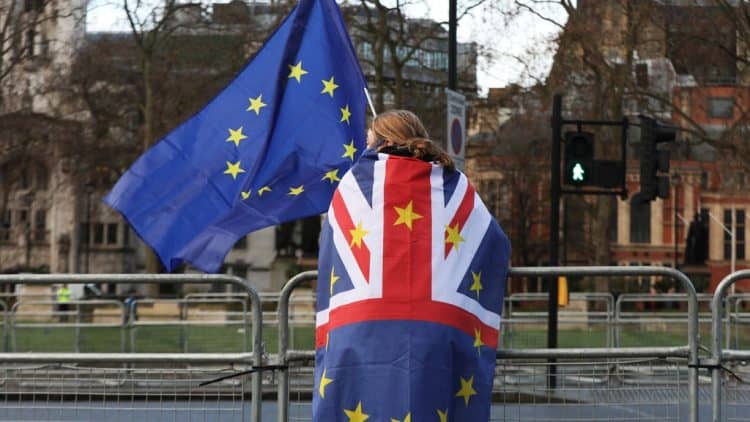
Shocking new figures have laid bare the cost of Brexit.
According to the government’s own analysis, Britain’s split with the European Union is costing the UK £100 billion a year in lost output.
That equates to several years’ worth of net contributions to the EU – estimated to be £12.6 billion – with none of the benefits, Otto English pointed out.
According to Guardian analysis, the OECD calculates that the UK will record the lowest growth in the G20 next year with the exception of Russia whose economy is being drained by its war on Ukraine.
The Office for Budget Responsibility says Brexit will have a long-term effect of cutting UK GDP by a hefty 4 per cent, an estimate unchanged since early 2020.
The Financial Times says such a decline amounts to £100 billion in lost output, and £40 bilion less revenue to the Treasury a year.
The UK is now behind all the other G7 nations in the pace of its recovery from the pandemic, with exports by UK small businesses to the EU down significantly.
Geoffrey Betts, the managing director of a small office supplies business in Marlow, Buckinghamshire, voted to leave the EU in 2016.
“I thought we would be like … ‘here we go, here we go. We are going to become the most competitive country in Europe and we are going to be encouraging business.’
“Now I think: ‘What have we done?’”, he said.
Figures released by the Bank of England show that individuals are plunging into debt

Credit card debt is soaring, with loans rising 11.2 percent on the year in May
The cost of living crisis is sinking its claws deeper into working class people’s bank accounts with new reports exposing the real difficulties they face.
Figures released by the Bank of England show that individuals are plunging themselves into debt, with £800 million borrowed in May. Credit card loans rose 11.2 percent on the year in May—the month after energy prices soared and other forms of consumer credit rose by £400 million.
Many people’s incomes aren’t covering monthly essential costs and an increasing number of people are turning to high interest payday loans. One in ten low income households—1.3 million—have already taken on credit in order to pay their bills according to the Joseph Rowntree Foundation.
Rachelle Earwaker, a senior economist at the Joseph Rowntree Foundation said, “870,000 households are planning on doing that in the coming months.”
She added, “That gives you an indication of what is to come. We’re now seeing some of the impact of high prices but a lot of that won’t have kicked in yet, so I think it absolutely will get worse before it gets better.”
One payday loan provider, Amigo, offers a loan with a huge 49.9 percent annual interest rate. Loan providers trap people in an ongoing cycle of debt but many people don’t have a choice but to turn to them.
The Resolution Foundation think tank reports that real household disposable income growth averaged just 0.7 percent a year in the 15 years before the Covid pandemic. Between 1961 to 2005 it averaged 2.3 percent.
This reduction has hit those in rental accommodation, single parents and those with young children the hardest. Now half of all children living with single parents are in relative poverty. The majority of the 1.8 million single parents are women.
Nearly 70 percent of single parents have experienced food insecurity with 20 percent using foodbanks. Researchers blame decades of austerity and the lack of support given to single parents during the Covid pandemic.
Before 2008, lone parents were able to claim income support until their youngest child reached 16 or 19 but that age limit has been repeatedly cut. But the Tory government has no interest in helping people who are struggling.
Chancellor Rishi Sunak announced a one-off payment of £650 to 8 million low income households. That’s far short of what people need.
Meanwhile Boris Johnson’s government last week promised to increase spending on the military by £55 billion over the next decade. His message to ordinary people is to accept poverty, debt and dramatically falling living standards.
"The haunted pencil has never got anything right and he is continuing that trend," said one person in response to his comments.

Brexit Opportunities Minister Jacob Rees-Mogg joined Andrew Marr for a chat on LBC.
As you would expect the thorny subject of Brexit was a major topic of discussion.
It comes as the UK divorce bill from EU will be billions more than expected.
Rees-Mogg made the point that “we have taken control of our borders, so we now decide who comes in here”, which was “a pretty important gain from Brexit that people wanted.”
Headwinds
“In terms of people’s concerns economically, these are headwinds faced across the world.”
He declared that economic issues are “very little to do with Brexit.”
Andrew wasn’t buying that though, and asked Rees-Mogg: “has red tape increased, decreased or stayed the same as a result of Brexit?”
Rees-Mogg dodged the question: “Ah, but we’re opening up trade deals across the world!”
Andrew continued: “It’s increased, hasn’t it?”, he asked.
Rees-Mogg went on the defensive, and made the bizarre claim that “the EU doesn’t want to buy our goods.”
He also appeared on BBC’s Newsnight and said a similar line to presenter Kirsty Wark.
As you can see anti-Brexit activist Steve Bray wasn’t impressed.
He wrote: “Earth to Rees-Mogg, come in Rees-Mogg…are you there?” If we leave these people in power any longer we are proper fcuked!”
Watch
Reactions
It seems that a lot of people think Jacob Rees-Mogg is delusional:
1.
2.
3.
4.
5.
6.
7.
8.

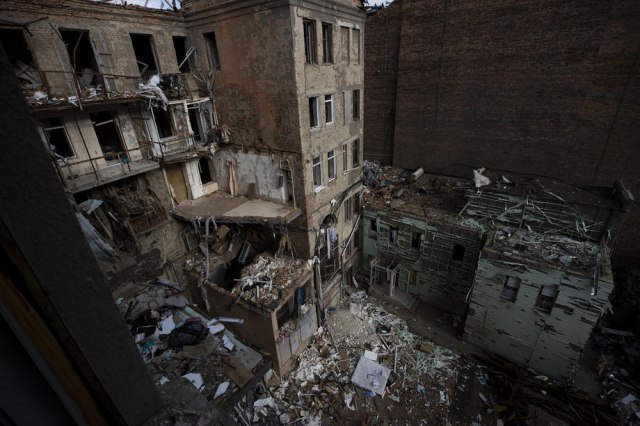


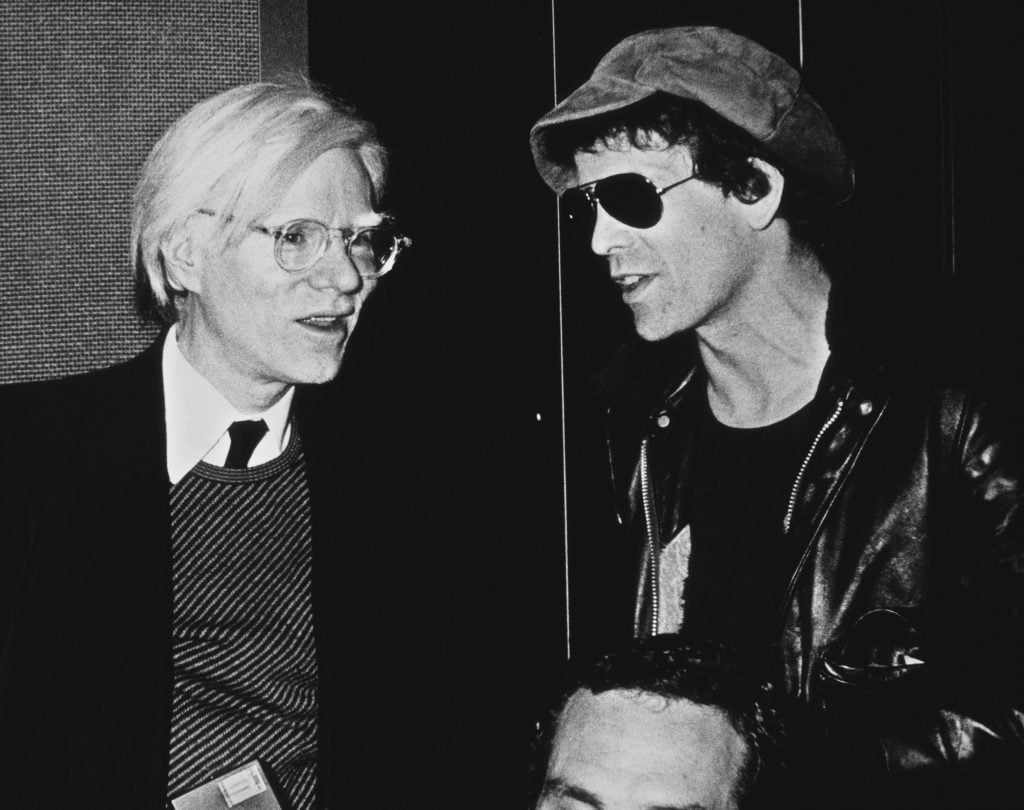


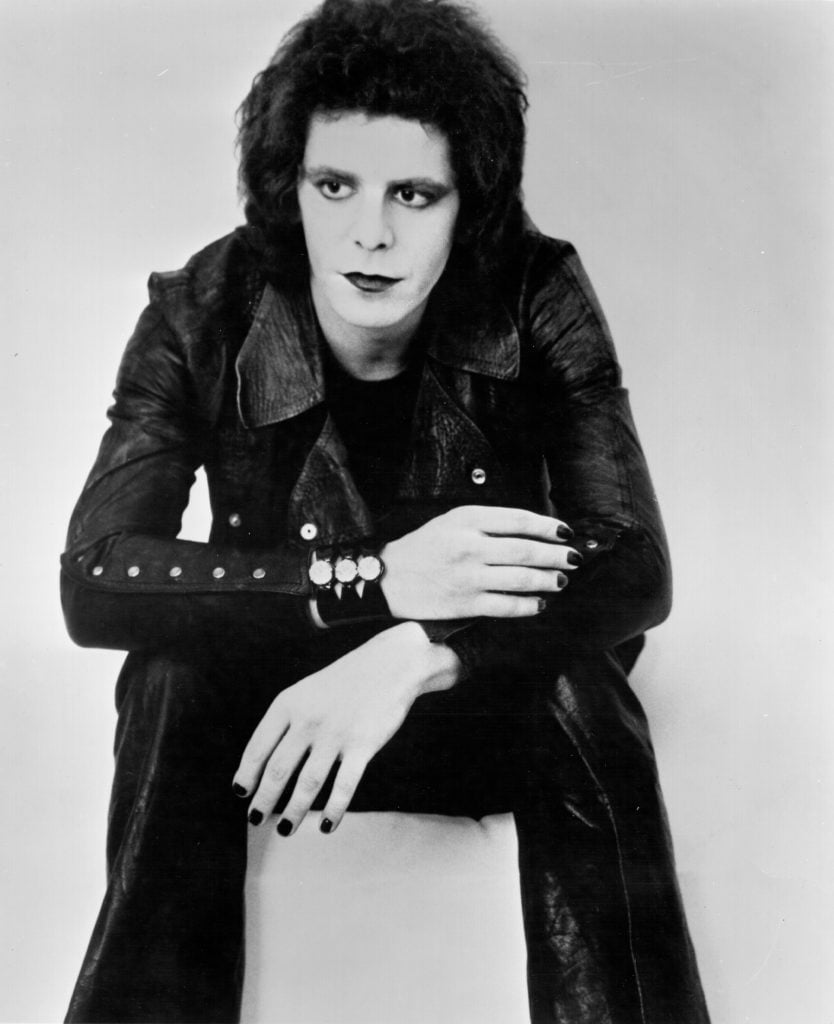
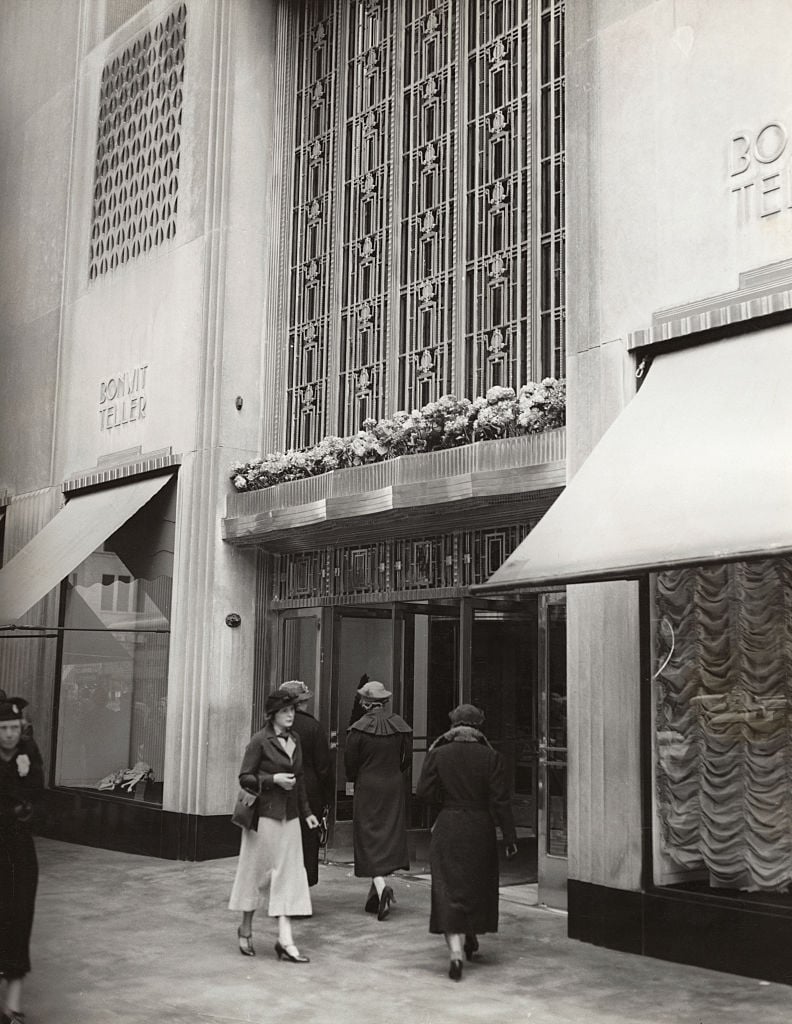
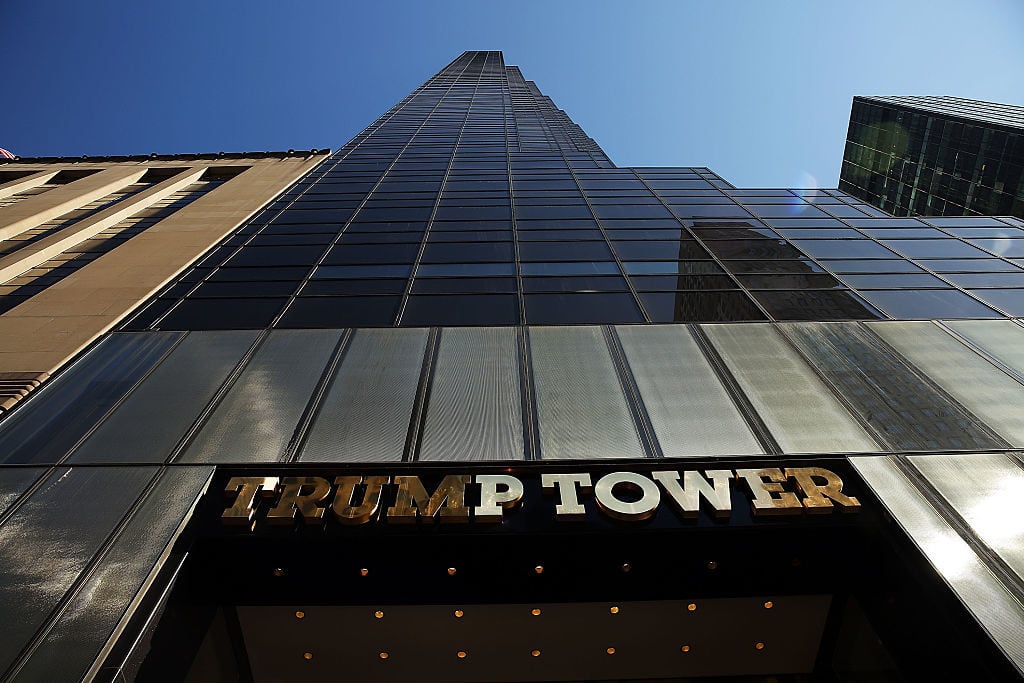
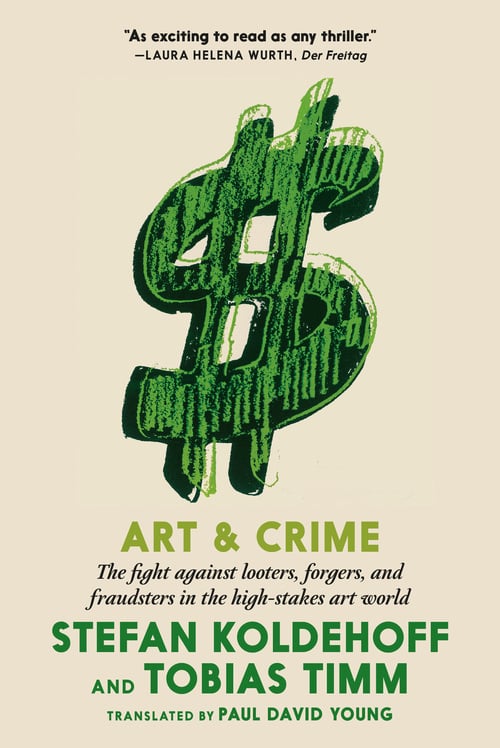

 View of SAS Airbus A321 and A320neo aircraft at Kastrup Airport parked on the tarmac, after pilots of Scandinavian Airlines went on strike, in Kastrup, Denmark July 4, 2022. TT News Agency/Johan Nilsson via REUTERS
View of SAS Airbus A321 and A320neo aircraft at Kastrup Airport parked on the tarmac, after pilots of Scandinavian Airlines went on strike, in Kastrup, Denmark July 4, 2022. TT News Agency/Johan Nilsson via REUTERS